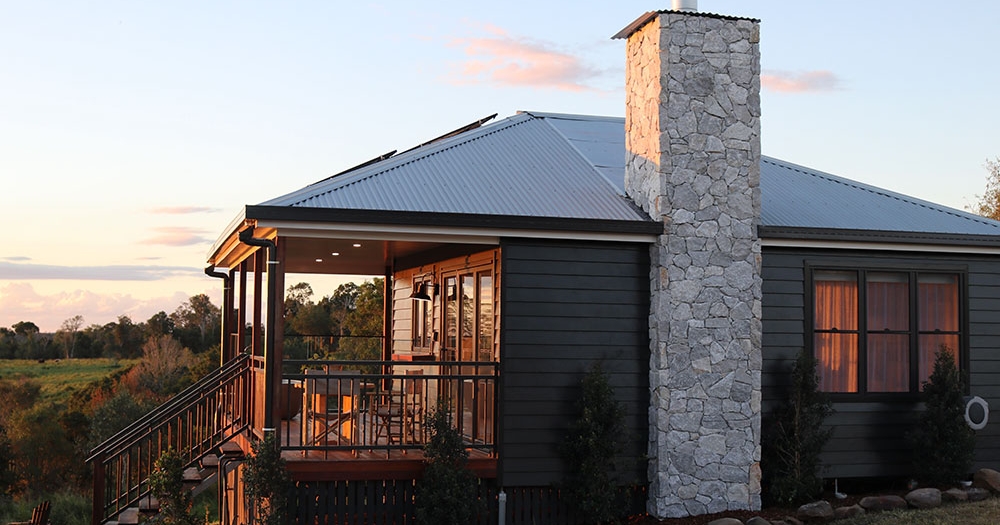Milton House
Milton
Updated: Mar 08, 2025
A rare surviving example of 1850s Georgian architecture and one of only a handful of existing pre-separation residences, Milton House was built in 1853 for retired Queen St chemist Ambrose Eldridge who himself played a role in the Separation Movement.
During his working life he’d been a high profile businessman and agitator for improvements such as a bridge over Breakfast Creek and emigration to Moreton Bay as well as an active member of the Brisbane School of Arts and Science.
After his retirement he became embroiled in cotton-growing, establishing Milton Farm along the river banks in the vicinity of the house he went on to build. He was successful in his venture and Milton Cotton became the local fabric of the day, even being acclaimed at the Paris Exhibition of 1855.
Eldridge sold the house and estate in 1856 to pastoralist John F MacDougall who extended what was essentially a homestead and lived there for 8 years before renting it out to a succession of high profile tenants including Colonial Under-Secretary Arthur Manning, James Crombie and MLC and Legislative Assembly speaker Henry Walsh, all the names of the surrounding streets today.
Since then owners have included the 1887 Police Commissioner, a notable physician from the Brisbane General Hospital and, in 1904, grain merchant William Siemon, who resided there till passing it onto the Presbyterian Church in 1955, the last year it was ever a private residence.
Interestingly it was one of the Siemon grandchildren, Aubrey, whose grandfather lived in this house, and who himself lived in nearby "Ravenswood" which was a neighbour to the spooky gothic house Moorlands, who imparted stories about Moorlands to his wife Rosamond. Fascinated by tales about the house and its tragic occupants, Mrs Siemon went on to write their story in ‘The Mayne Inheritance'.
Milton House
58 MacDougall St
Milton














